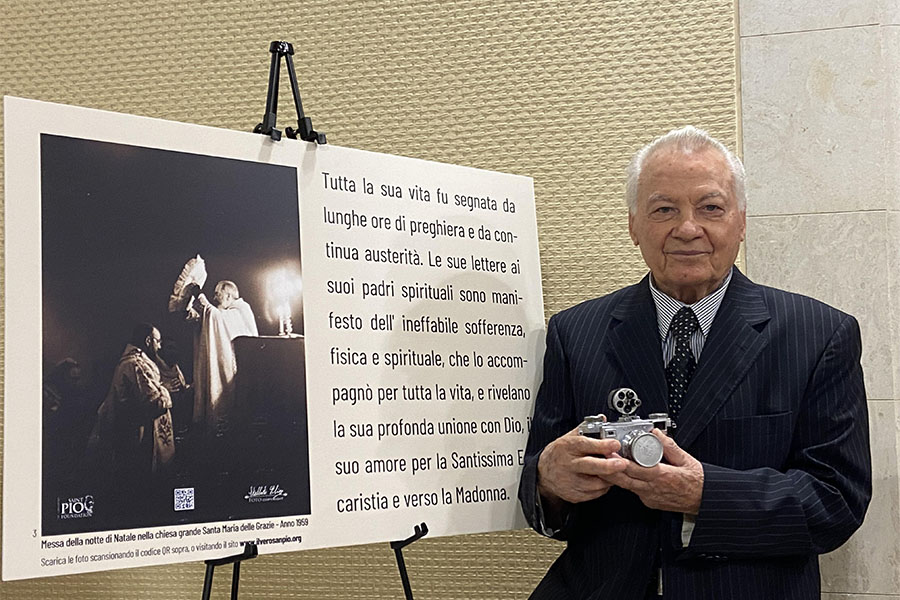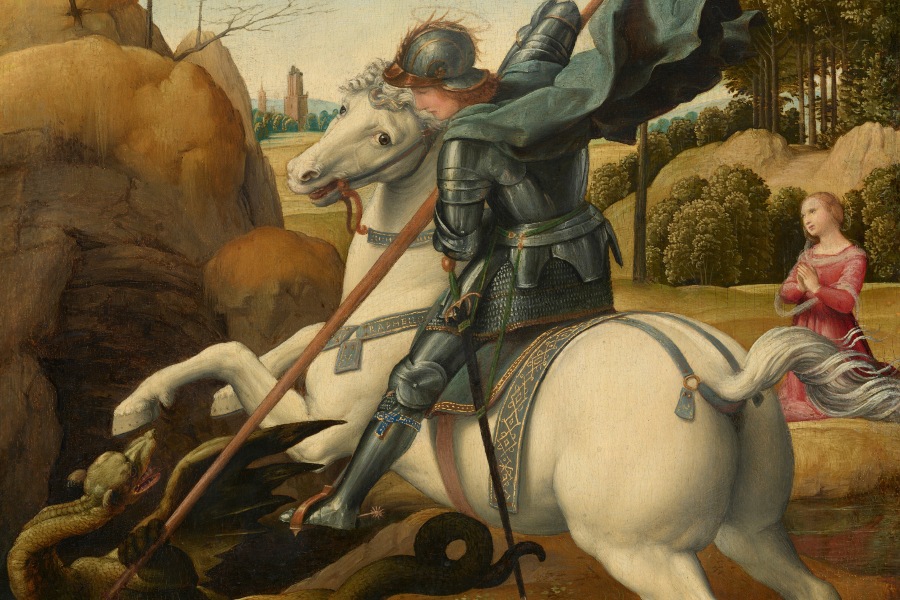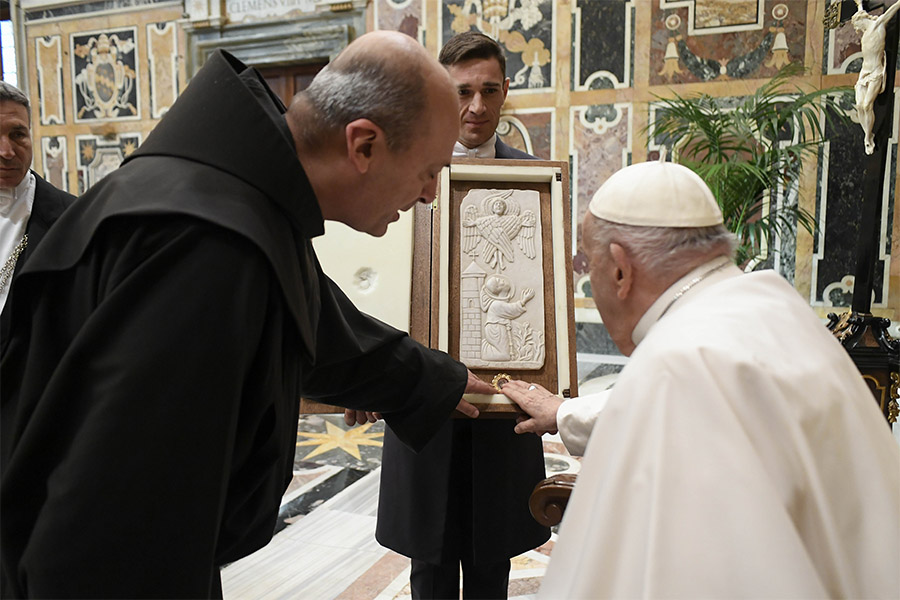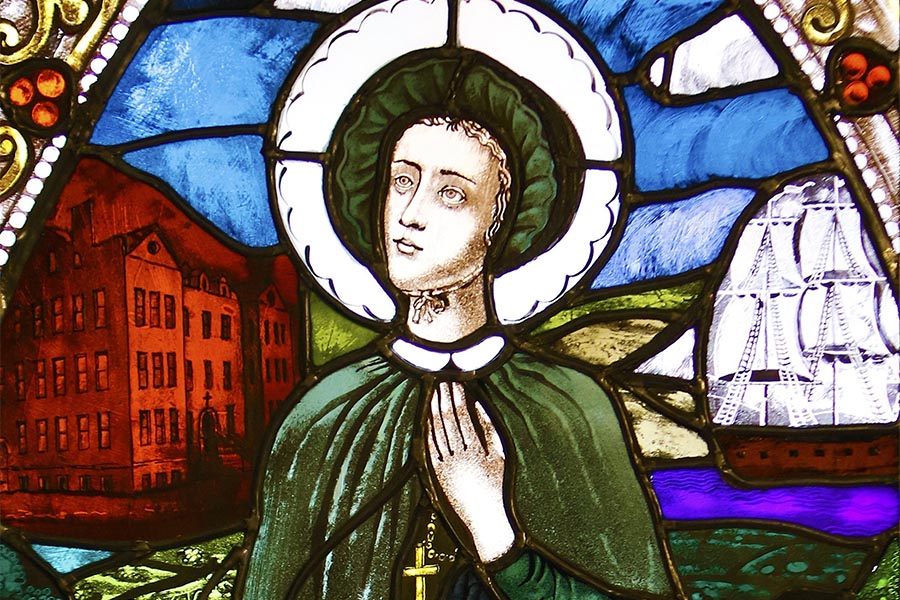Each Dec. 8, the Church liturgically celebrates the dogma of Mary’s Immaculate Conception. God shielded Mary from original sin. She did not inherit, as we did at our conception, the transgression of our parents, Adam and Eve.
On Sept. 8, 1953, Venerable Pope Pius XII (1939-58) issued his encyclical “Fulgens Corona” (On the Marian Year and the Dogma of the Immaculate Conception). The pope’s letter not only anticipated the upcoming Marian Year (Dec. 8, 1953-Dec. 8, 1954) but also commemorated the first centenary of the solemn definition Dec. 8, 1854, by Blessed Pope Pius IX (1846-78) of the dogma of the Immaculate Conception of the Blessed Virgin Mary.
As another solemnity approaches this year, might we learn something from the teaching of Pope Pius XII?
The scriptural “foundation” of the Immaculate Conception is located in Genesis 3:15 (“I will put enmity between you and the woman, and between your seed and her seed”) and the Gospel of St. Luke (“Hail, full of grace, the Lord is with you!” – Lk 1;28). The vicar of Christ contended that “if at any time the Blessed Mary were destitute of Divine grace even for the briefest moment, because of contamination in her conception by the hereditary stain of sin, there would not have come between her and the serpent that perpetual enmity spoken of from earliest tradition down to the time of the solemn definition of the Immaculate Conception, but rather a certain subjection.”
It is no wonder, then, that because of their acceptance of this doctrine, the fathers of the Church lavished praise upon the Ever-Virgin, using an array of vivid and informative titles to describe the sinless Mother of God: “Lily Among Thorns”; “Land Wholly Intact”; “Immaculate”; “Always Blessed”; “Free from All Contagion of Sin”; “Unfading Tree”; “Fountain Ever Clear”; “the One and Only Daughter Not of Death but of Life”; “Offspring Not of Wrath but of Grace”; “Unimpaired and Ever Unimpaired”; “Holy and Stranger to All Stain of Sin”; “More Comely than Comeliness Itself”; “More Holy than Sanctity”; “Alone, Holy Who, Excepting God, Is Higher Than All”; “By Nature More Beautiful, More Graceful and More Holy than the Cherubim and Seraphim Themselves and the Whole Hosts of Angels.”
It only seems right and just that the savior of the universe would have for his mother one who was entirely pure and devoid of sin. As Pope Pius XII noted, Jesus “really redeemed His Mother, since it was by virtue of His merits that she was preserved by God immune from all stain of Original Sin.”
True devotion to Mary takes away nothing from the adoration we owe the Most Blessed Trinity. Rather, “any honor and veneration which we may give to our Heavenly Mother undoubtedly rebounds to the glory of her Divine Son, not only because all graces and all gifts, even the highest, flow from Him as from their primary source, but also because ‘The glory of children are their fathers’ (Book of Proverbs, XVII 6).”
As Our Blessed Lady told St. Marie Bernadette Soubirous (1844-79) within the cave at Massabielle near Lourdes, France in 1858, she is the Immaculate Conception. The Almighty never allowed the disobedience of Adam and Eve to disgrace her immortal soul. The Universal Church fittingly honors her for her singular role in our redemption and, especially on Dec. 8, begs Our Lady’s earnest prayers on our behalf.
Like Jesus, Our Lady is sinless. She neither contracted original sin nor committed actual sin, that is, the category of moral offenses with which we struggle. Mary lived virtuously by adoring her Creator, obeying his commands and serving her neighbors.
“O Mary, conceived without sin, pray for us who have recourse to thee!”







